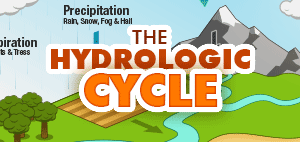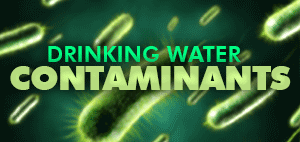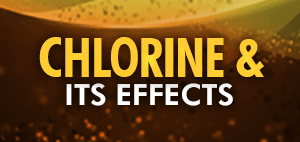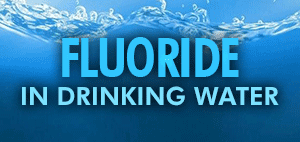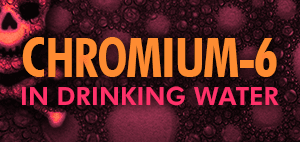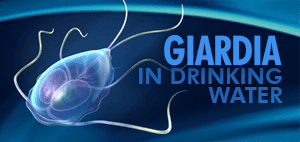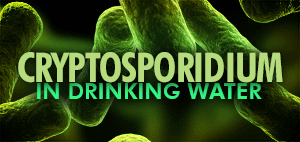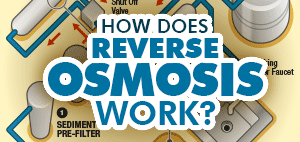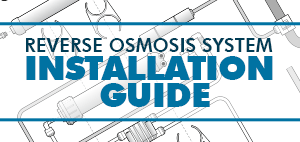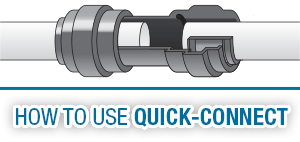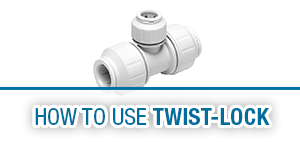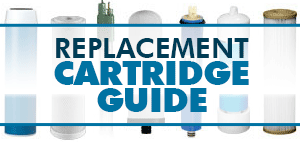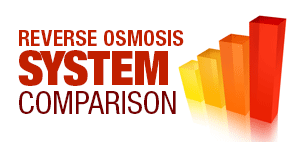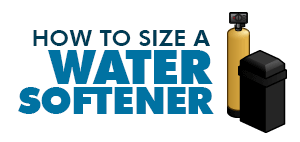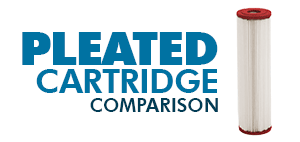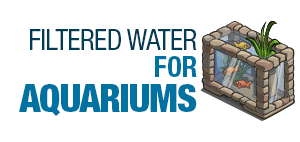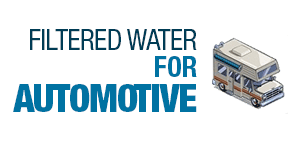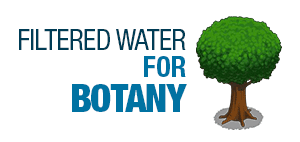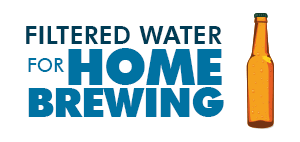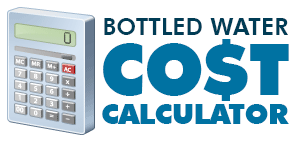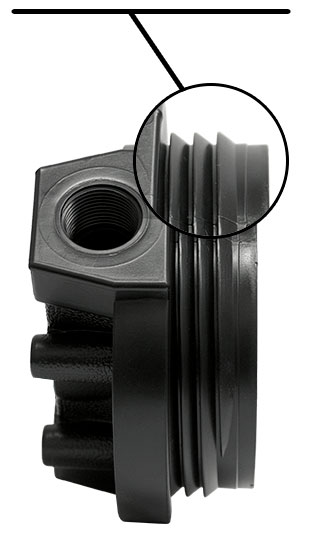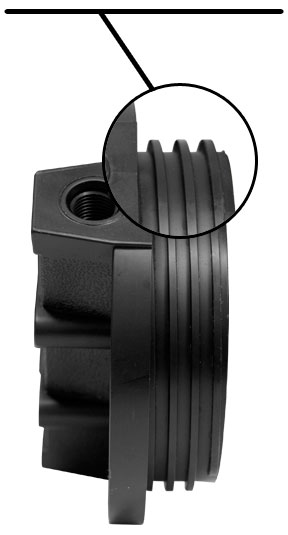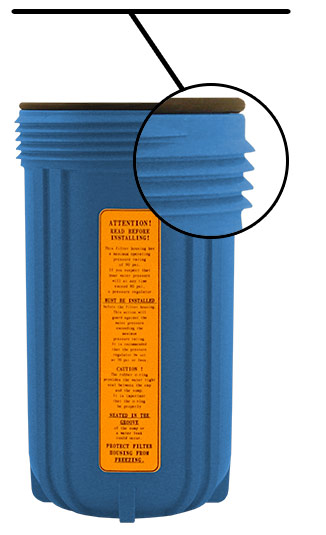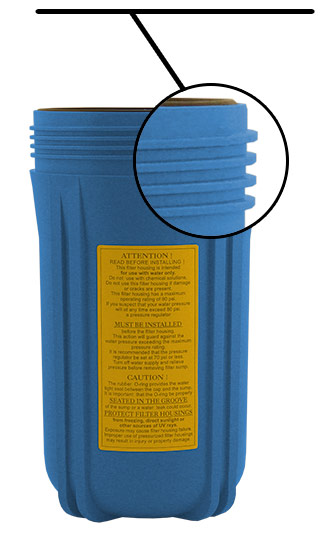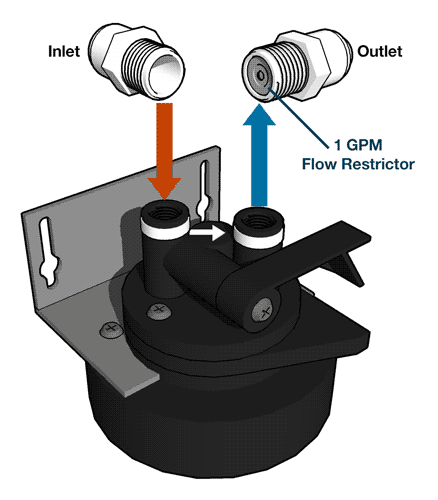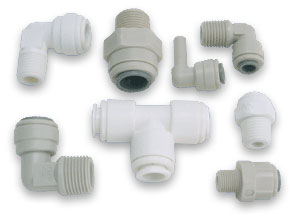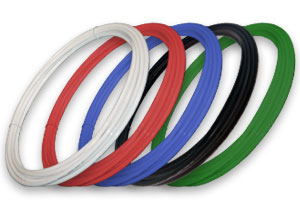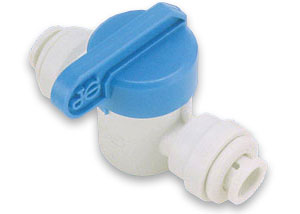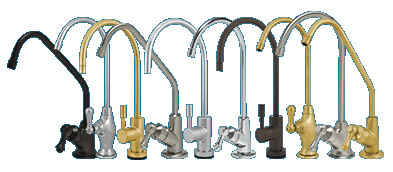What is Giardia?
Giardia is a flagellated protozoan parasite that colonizes and reproduces in the small intestines of humans and other animals, which can cause giardiasis. During their lives they cycle through 2 phases, a benign swimming phase and an infective cyst stage. Symptoms of Giardiasis usually show after 3 to 4 days, and include gastrointestinal and constitutional problems.
How is Giardia Spread?
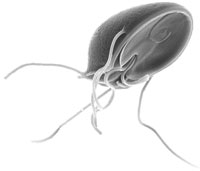
Giardia is spread by putting something in the mouth that has been contaminated with the stool of an infected person or animal. In this way, people swallow the Giardia parasite, which is too small to be seen with the naked eye. A person can become infected by drinking contaminated water or eating raw or undercooked food contaminated with Giardia cysts (an egg-like form of the parasite that is in the infectious stage); direct contact with the droppings of infected animals or stool of infected humans; or hand to mouth transfer of cysts from surfaces that may have become contaminated with microscopic amounts of stool from and infected person or animal.
Giardia Removal From Drinking Water
Water suppliers use disinfectants, like chlorine, to destroy pathogens (disease-causing organisms) from drinking water. However some pathogens are highly resistant to standard disinfection methods (such as Cryptosporidium).
Ultraviolet Systems Ceramic Filter Cartridges & Candles Reverse Osmosis Water Filters Under Sink Water Filters Countertop Water Filters Whole House Water Filters Everpure Systems and Cartridges
NSF 53 or
58 Certified
From NSF.org
NSF/ANSI Standard 53: Drinking Water Treatment Units
Overview: Standard 53 addresses point-of-use (POU) and point-of-entry (POE) systems designed to reduce specific health-related contaminants, such as Cryptosporidium, Giardia, lead, volatile organic chemicals (VOCs), MTBE (methyl tertiary-butyl ether), that may be present in public or private drinking water.
NSF/ANSI Standard 58: Reverse Osmosis Drinking Water Treatment Systems
Overview: This standard was developed for point-of-use (POU) reverse osmosis (RO) treatment systems. These systems typically consist of a pre-filter, RO membrane, and post-filter. Standard 58 includes contaminant reduction claims commonly treated using RO, including fluoride, hexavalent and trivalent chromium, total dissolved solids, nitrates, etc. that may be present in public or private drinking water.
Sources of Information on Giardia
The foregoing information was compiled from the the links listed above.



